BLU Studio 7.0 LTE Review
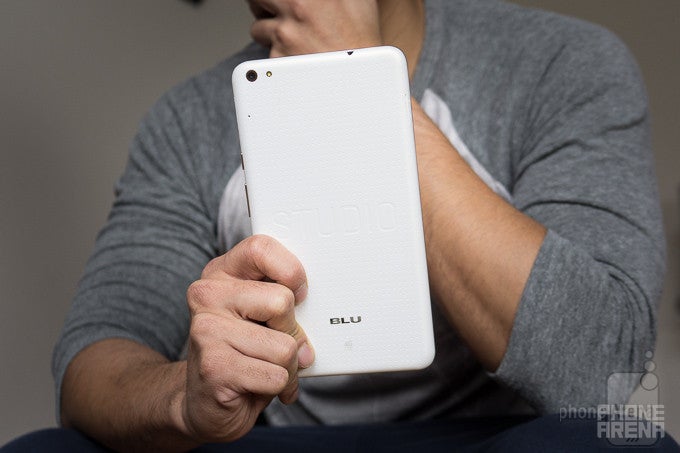
Introduction
It’s been increasingly tough to discern the boundaries between smartphones and tablets, considering that ‘phablets’ mesh the best of both worlds. This year, however, we’ve been seeing an unconventional approach by companies as we’ve been seeing more and more tablets with phone functionality sprinkled on to them – like the Huawei MediaPad X2 and Lenovo PHAB Plus to name a couple. The latest one we’re checking out is the BLU Studio 7.0 LTE, which comes at us with its compact tablet-esque size, with phone functions slapped in, at an affordable sub-$200 cost.
- Wall Charger
- microUSB cable
- User guide
- Warranty card
Design
Boring and shoddy, it fails to generate any interest with its design.
In comparing it to its predecessor, the non-LTE packing BLU Studio 7.0 II, the design doesn’t really change all that much here. We equate its particular design language to the Samsung Galaxy S5, since its plastic chassis sports the same dimpled pattern that made the S5 recognizable, but it doesn’t do much here to elevate the Studio 7.0 LTE’s design to the same premium standards we’ve seen in similar devices like the Huawei MediaPad X2. However, we will certainly say that it’s narrow and light enough to comfortably hold with a single hand – and without much straining too on our part. Due to the all-plastic build, the entire design just comes off shoddy, which some would vouch makes it typical BLU.
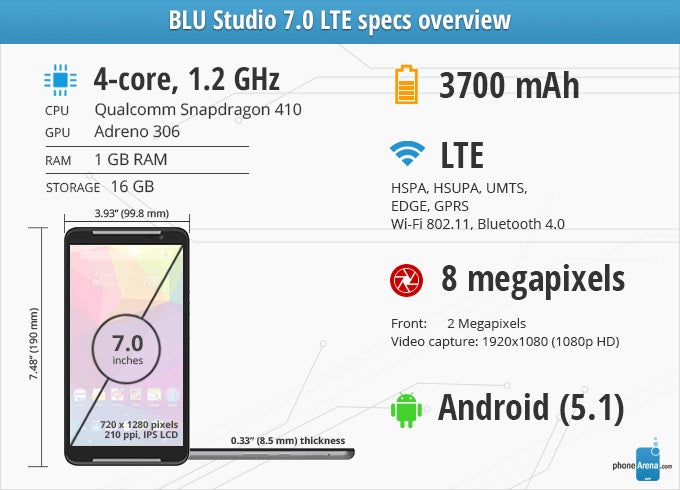
Display
You won’t find anything here except for inferior qualities.
Specs-wise, the 7-inch 720 x 1280 IPS-LCD display leaves more to be desired. Arriving at a pixel density of 209 ppi, it doesn’t produce the same level of sharpness and clarity we get from entry-level smartphones nowadays. Rather, we find it extremely challenging reading fine text at a normal viewing distance – so the remedy to that is pinch zooming or bringing the tablet closer to our eyes.
Interface and Functionality
Faithfully stock Android, it begs the question whether it’ll ever get treated to updates.
Much like BLU’s other Android-powered devices, the interface adheres to the look and feel of stock Android – that’s comforting and all, especially to purists. In particular, it’s running on Android 5.1.1 Lollipop and delivers all the experiences you’d expect out of the platform. There’s even support for multiple users as well, so if it’s meant to be shared amongst family members, it’s nice that every user will have their own account to customize to their liking.
You can’t go wrong with a mostly stock interface, right? Indeed, that’s certainly true for almost anything running stock Android, but the more pressing matter here is BLU’s ill reputation of never updating the software in its devices. While Android 6.0 devices are still few and in between, we’re skeptical about ever seeing the Studio 7.0 LTE getting upgraded to it – that’s just the risk in picking up a BLU product. If you’re not stringent about getting the latest Android updates, this will suffice to an extent, but it’s still concerning.
System Performance
Good enough for the basic things, but challenged with gaming and heavy multi-tasking.
Being priced so low over the competition, don’t expect to find fearsome hardware under the hood – you just can’t. To no one’s surprise, the BLU Studio 7.0 LTE leverages the 64-bit based quad-core 1.2GHz Qualcomm Snapdragon 410 SoC coupled with 1GB of RAM and the Adreno 306 GPU. We say no surprise because many of BLU’s existing devices employ the Snapdragon 410, as well as other notable entry-level phones in the space like the 3rd generation Moto G and HTC Desire 510.
Superficially, it’s nice to find it handling all the easy and fluffy stuff with finesse. In fact, it exhibits a tight feel and control navigating throughout the UI. For more processor intensive tasks, such as heavy apps switching, delays become more prominent with its response. And don’t even bother playing games with this one, mainly due to the amount of choppiness we endure running some of today’s popular titles.
Camera
You’ll question yourself using the camera.
Talk about being there for the sake of convenience! Its 8-megapixel rear and 2-megapixel front camera combination do very little to make for a compelling argument, more so when the camera interface is just as boring and incomplete versus everything else. That realization is quite telling, honestly, since we’re only given HDR and panoramic modes to play with.
Image Quality
Downright ugly, the camera’s performance is simply too forgettable – to the point that you’ll question using it in the first place. Not only do we have to tolerate its softer details capture, but we also have to live with the bland and washed out colors produced in the process. There’s very little incentive to use it under dimly lit conditions, too, seeing that noise, graininess, and inaccurate colors invade its composition. You’d think that the LED flash would combat these pervasive qualities, but rather, it casts an extremely distracting greenish hue to our shots. Stay far away!
Video Quality
At the same time, too, there’s nothing that signifies it’s the choice to go with when it comes to recording videos. Whether it’s 1080p or 720p, the biggest issue present here with the BLU Studio 7.0 LTE is the extremely slow focus adjustment of the camera – often taking several seconds to adjust. Details suffice to an extent, despite the few artifacting elements that pop up when panning. Overall, it’s not something we’d be adamant about using.
Multimedia
It barely suffices for the occasion.
We don’t understand why BLU even bothers to throw in a separate music player, seeing that Google Play Music is preloaded, but they do, which in itself it maddening. That’s because it harkens back to that old music player of Android 2.2 Froyo, one that’s outdated in both presentation and functionality.
Hey, at least is does decently with watching all sorts of videos – even though its screen has its own set of opportunities.
Call Quality
Stick to using a pair of headphones as opposed to the earpiece or speakerphone.
Hissy tones, robotic voices, and the weak volume output through the earpiece all don’t help out the situation of handling phone calls with the Studio 7.0 LTE. The experience in itself is concerning, so much so that we’re better off using a pair of wired headphones. Things don’t get any better with the speakerphone either, especially how voices can be easily drowned out.
Battery
Above average battery life, inefficient recharging.
One of the more pleasant experience we’re able to get out of the BLU Studio 7.0 LTE relates to the better-than-average performance of its 3700 mAh. The large capacity, combined with its 720p display, isn’t as power draining as some other high-spec’d devices. More than capable of getting us through an easy one-day of normal usage, its above average performance is further affirmed in our custom battery benchmark test – where it achieves an on-screen time of 9 hours and 38 minutes. That’s really good, however, it’s not efficient at the recharge time because it takes a painfully long 250 minutes to get it back to full capacity.
Conclusion
Breaking down the BLU Studio 7.0 LTE’s performance in the various categories simply reveals it’s nothing worth home writing about. That’s the honest truth, which is a shame too because it can’t shed BLU’s reputation of being a third-rated manufacturer in the landscape. However, not all is lost for this behemoth.
Where it takes pride in the most above everything else, is the sheer idea that it won’t cost consumers an arm and leg to pick up. Attached with an outright price of $199.99, the low cost alone is enough to attract buyers who don’t mind the tradeoffs that come along with it. For the price and all, you’re getting something with phone functionality in the size of a compact tablet, which can be attractive to the right person. Did we mention that it’s unlocked, dual-SIMed, and comes with 16GB of internal storage with expansion?
Software version of the review unit:
Android Version: 5.1.1
Build Number: BLU_S0010U_V11_GENERIC 01-09-2015 02:34
Kernel Version: 3.10.49

Follow us on Google News










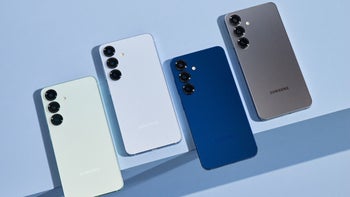
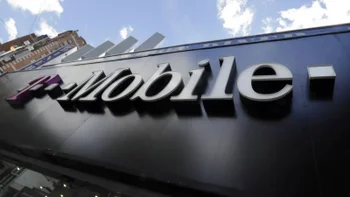

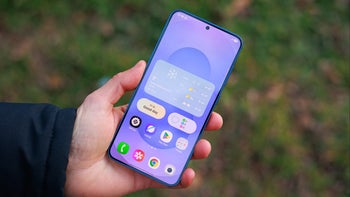

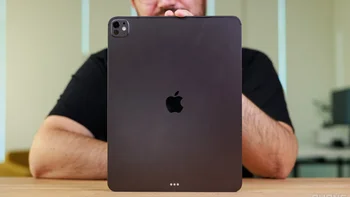
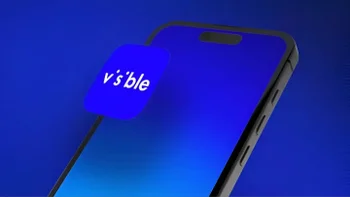
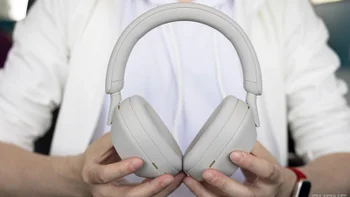

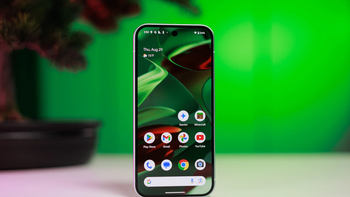
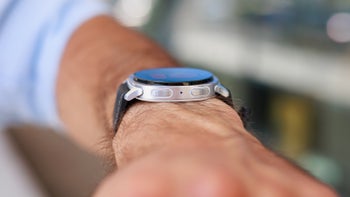
Things that are NOT allowed:
To help keep our community safe and free from spam, we apply temporary limits to newly created accounts: